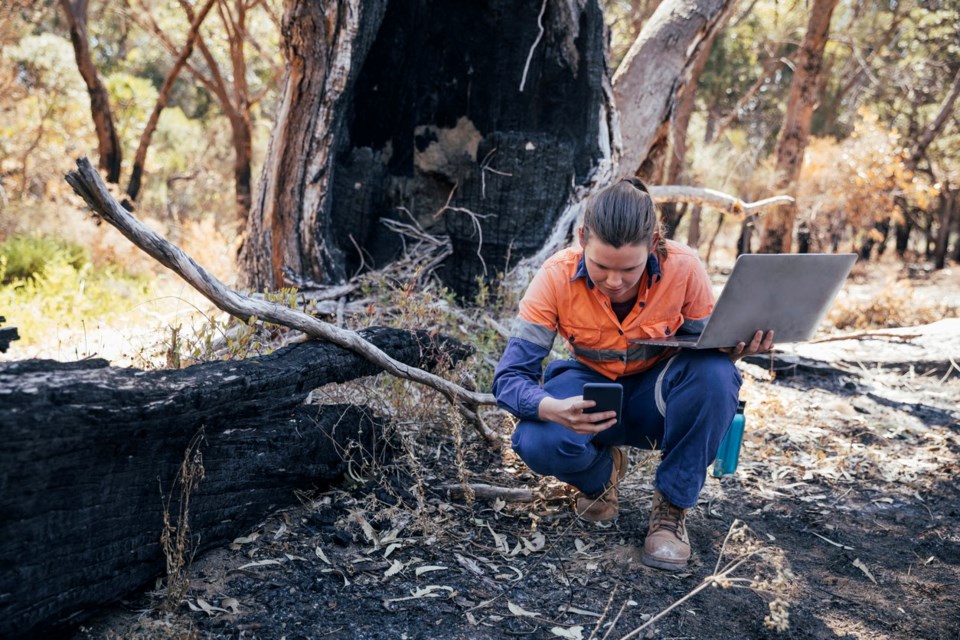With a commitment that goes beyond mere compliance with environmental regulations, B.C.-based NEXT Environmental has been dedicated to ensuring site safety for nearly three decades. A significant aspect of their work involves site remediation, which entails identifying, assessing, and cleaning up contaminated areas, while ensuring strict adherence to environmental regulations and safeguarding public health and safety.
Understanding the hidden dangers
The presence of contamination in soil and groundwater can pose a risk to human health and the environment. And while it’s important to remove those harmful substances, it’s also vital they are addressed, as they can pose a very real risk to nearby communities.
So, if you are planning to develop a property, it's important to understand the potential risks; not just from a liability aspect, but from an environmental one as well.
Where does environmental site remediation fit in?
Site remediation is where the heavy lifting is done.
It often involves the physical clean-up of a site which has been assessed and confirmed as contaminated, as well as intrusive investigation and extensive analysis to confirm any residual contamination won’t get worse over time or pose any risk to the surrounding inhabitants.
The first step of the process involves a Preliminary Site Investigation (PSI) and consists of two stages (Stage 1 & 2).
A Stage 1 PSI starts by using NEXT Environmental’s extensive, professional experience to determine the likelihood of contamination without testing. If it is determined the likelihood of contamination is high, based on past and current activities on the site that may have introduced harmful materials to the environment, a Stage 2 PSI may be recommended.
At that point, NEXT Environmental can undertake drilling, sampling, and analyzing of soil, groundwater, and even vapours on the site.
If those actions reveal the detection of toxic materials, a Detailed Site Investigation (DSI) can be the next course of action.
Similar to a PSI, the DSI follows both Canadian Standards Association (CSA) guidelines and B.C. Ministry of Environmental & Climate Change (MOECC) regulations. Its aim is to determine the extent of the contamination through additional rounds of investigation to achieve delineation so a remediation plan can be put in place.
Brownfields: A growing concern
While brownfields may simply refer to vacant or under-utilized properties, the term is often used to describe sites that have been contaminated by human-caused activities. Given the potential health and environmental risks associated with brownfields, it is important to understand the responsibility of treating them when entering into a re-development project.
Next Environmental can help assess potential risks associated with a brownfield site, allowing for informed decision-making.
Who can help with environmental site remediation?
Environmental site remediation is a complex process, and it is important to work with an experienced firm such as Next Environmental, which provides environmental consulting across Western Canada with team members stationed in Metro Vancouver, Kelowna, Victoria, Prince George and beyond.
Next Environmental has a long track record of providing specialized services for contaminated sites, including preliminary site investigations, and environmental site assessments. They also now offer biological services to assist with development feasibility including Riparian Area Protection Regulation (RAPR), Environmental Development Plans (EDP), and Erosion & Sediment Control (ESC) plans.
Environmental site remediation places safety at the forefront of priorities. Enlisting the assistance of an experienced and reputable environmental consultant like Next Environmental can save site managers and developers from potential obstacles or future headaches by conducting a proper assessment to ensure their project meets all applicable regulations before any work begins.
To learn more about what Next Environmental can do for you, and the environment, visit nextenvironmental.com.



